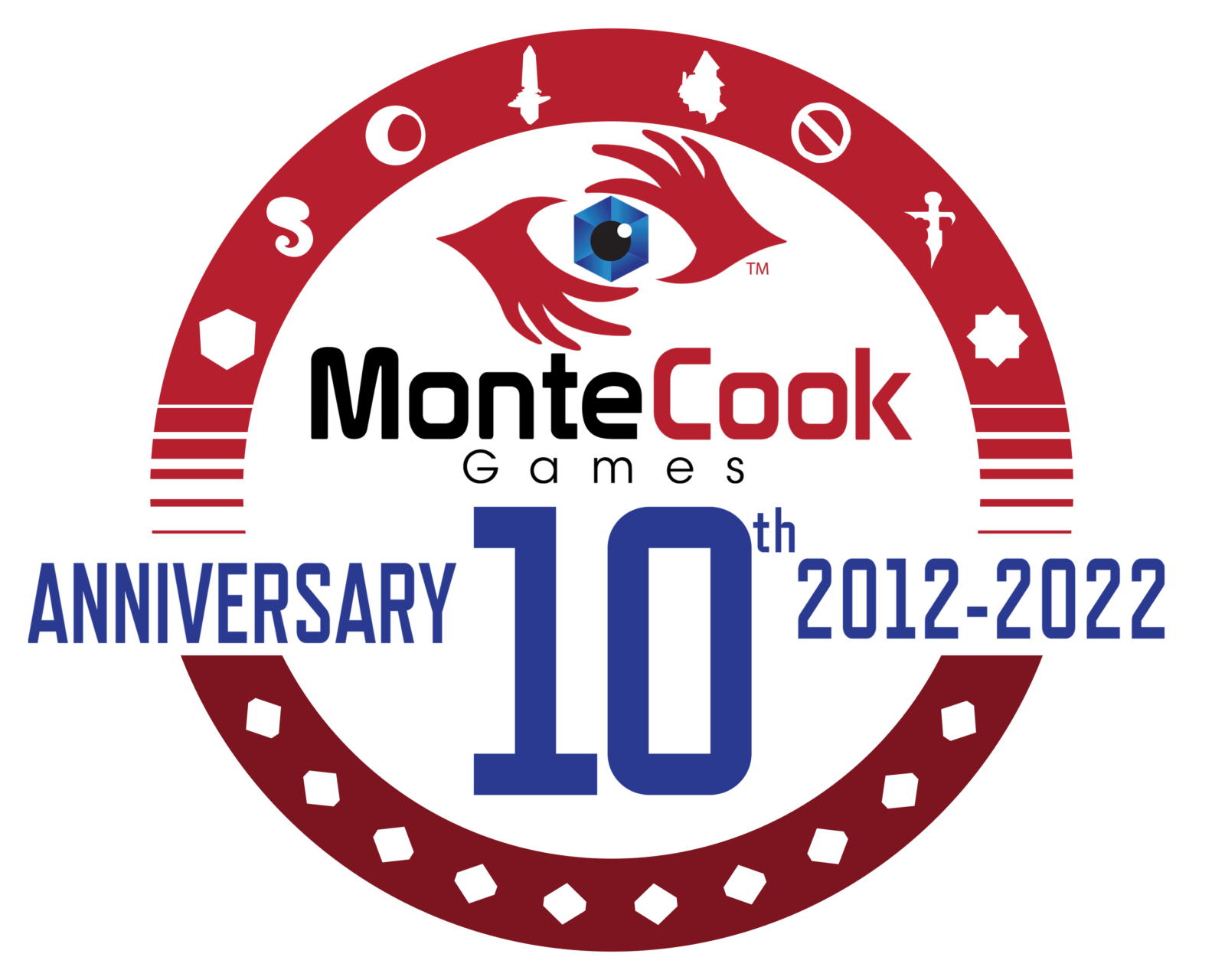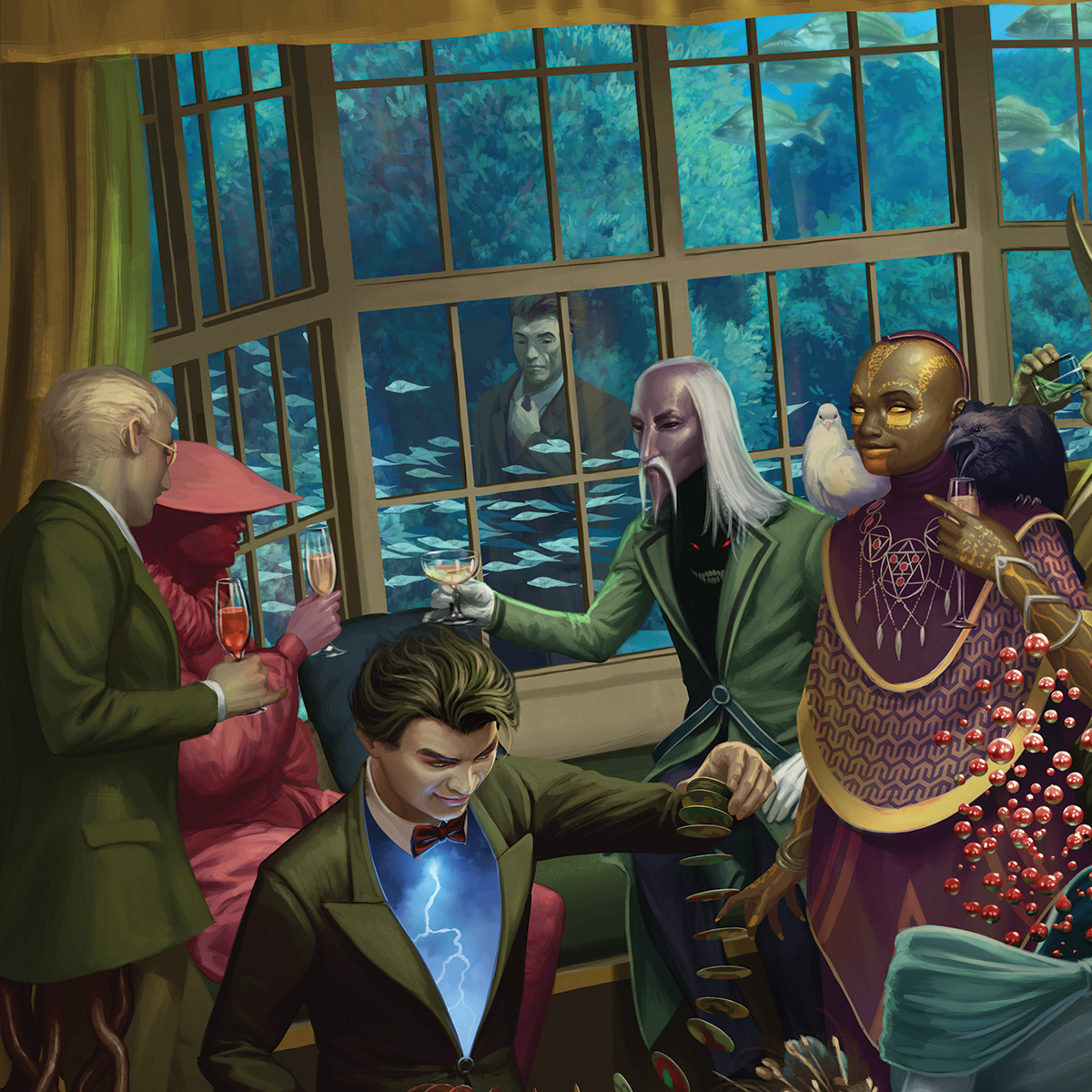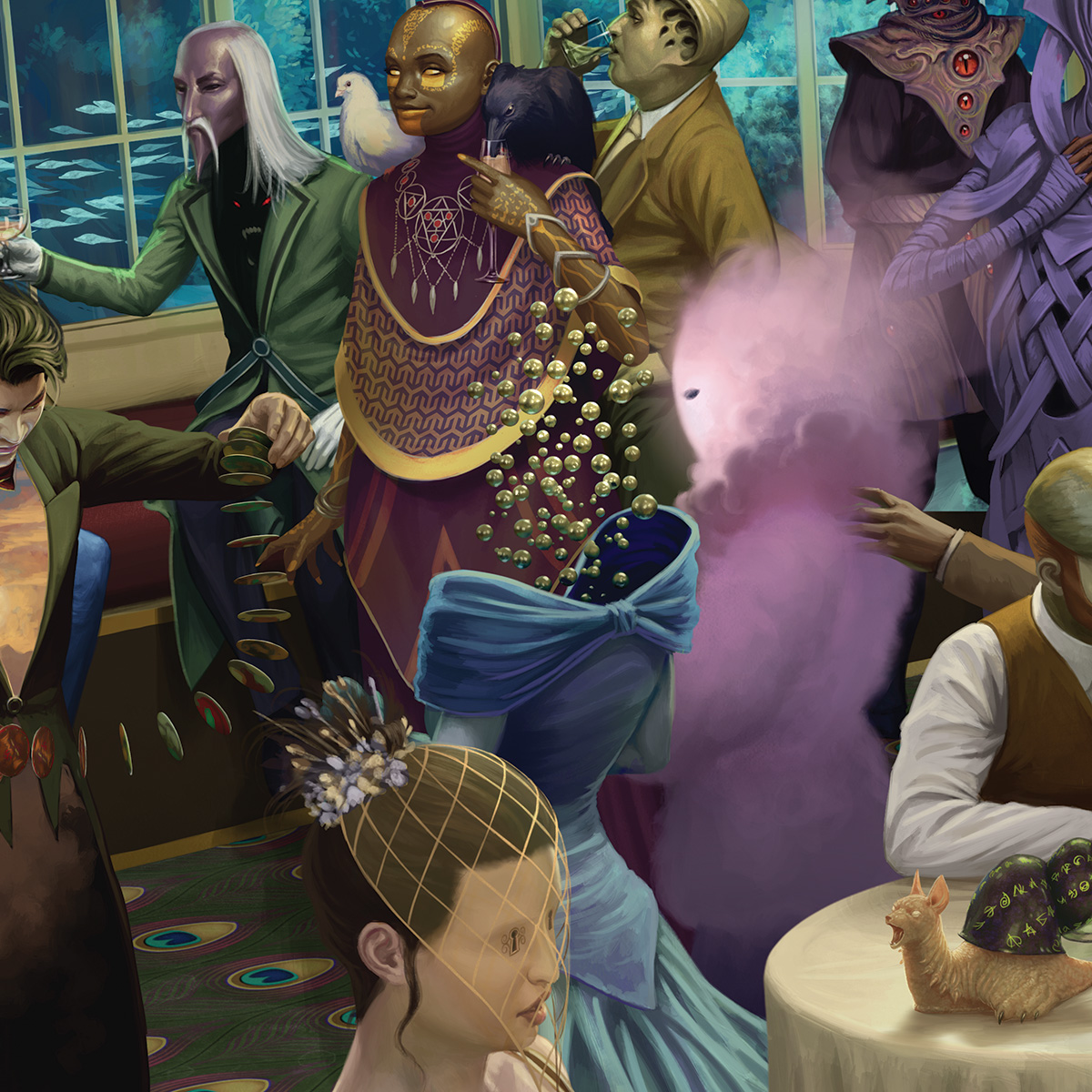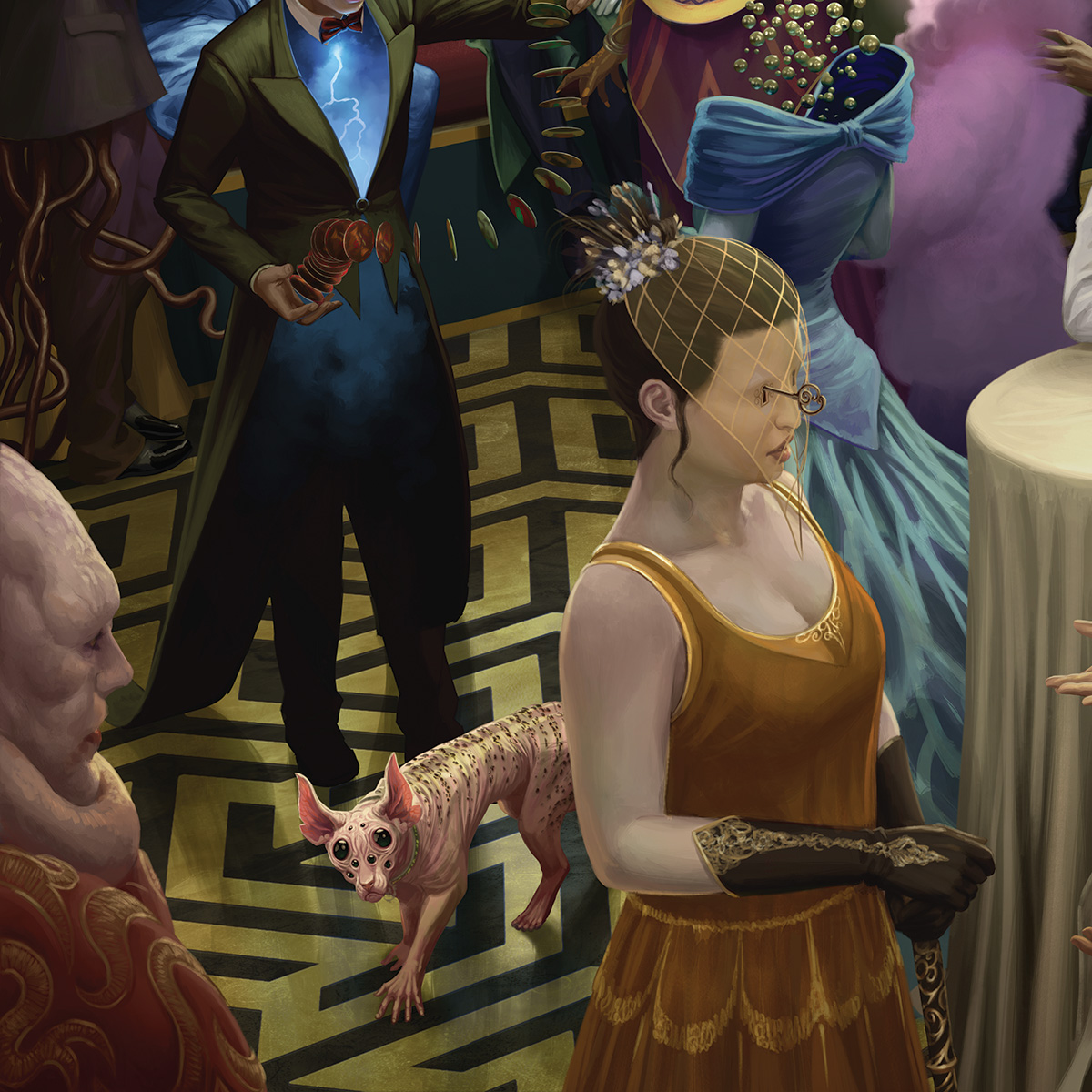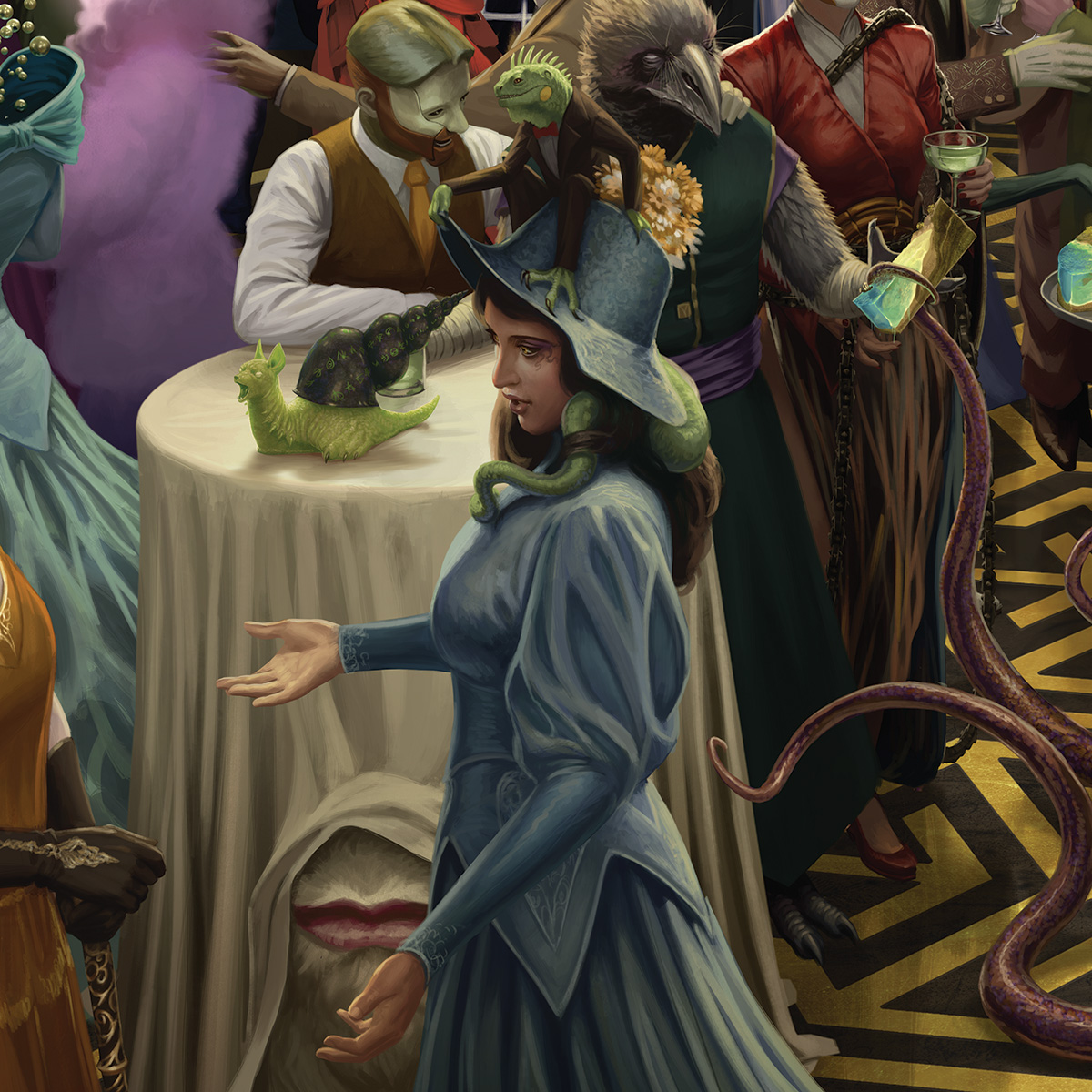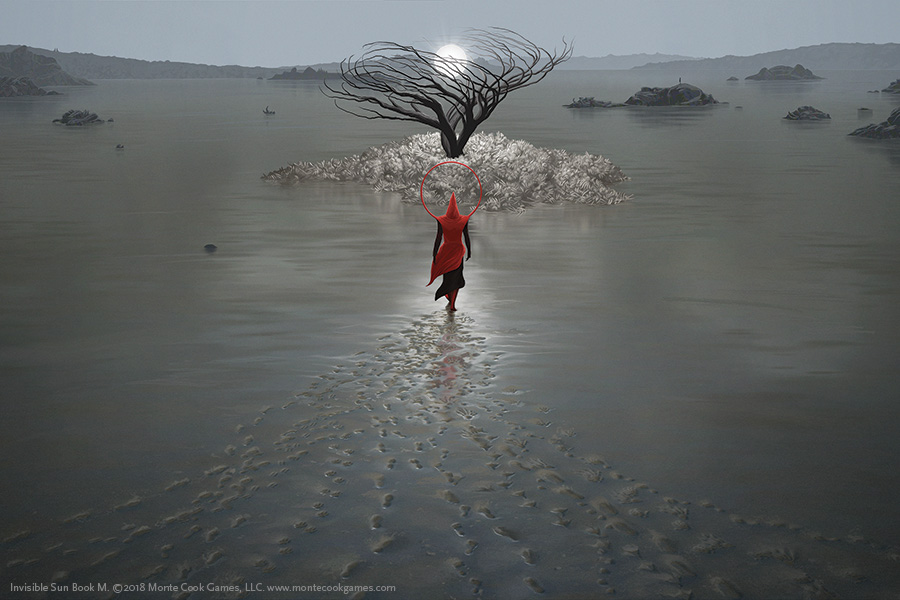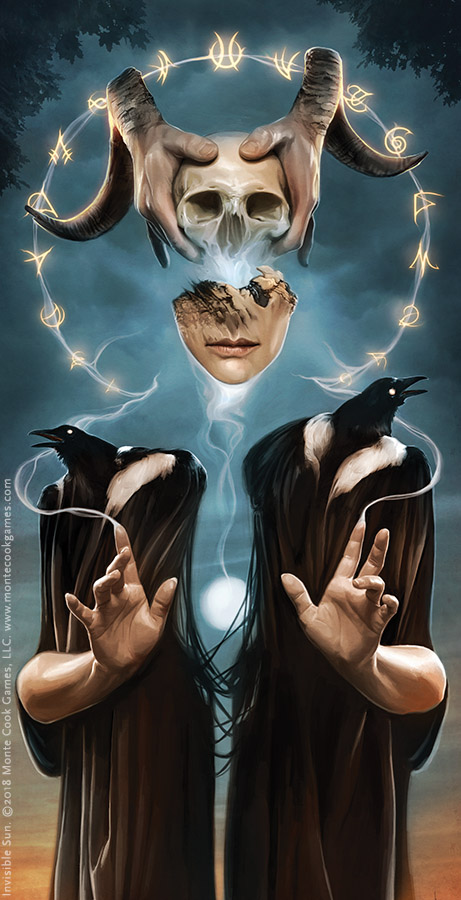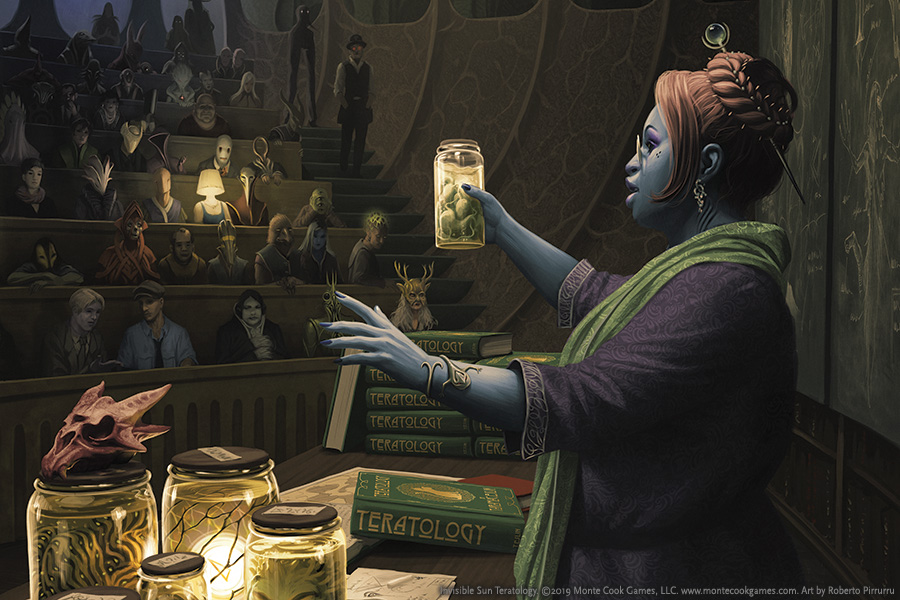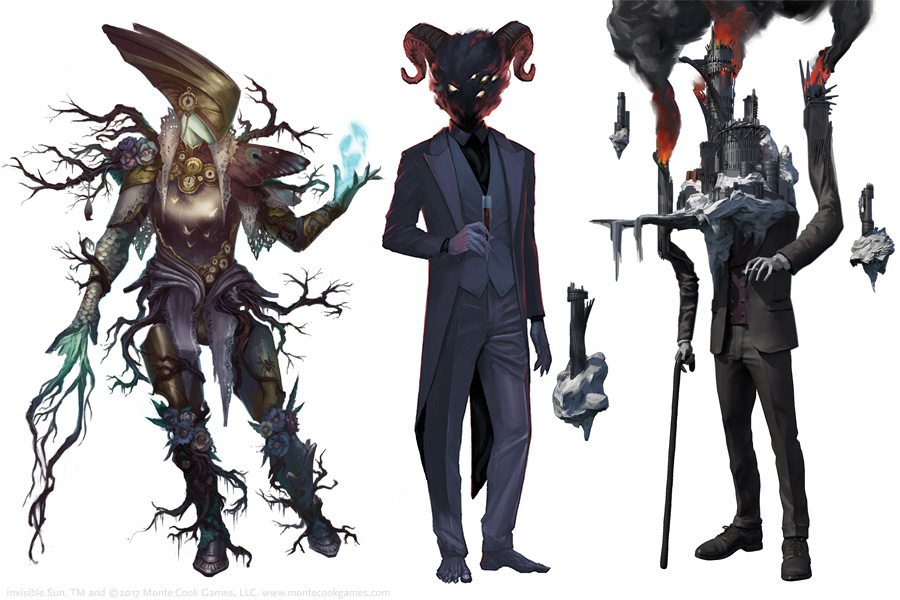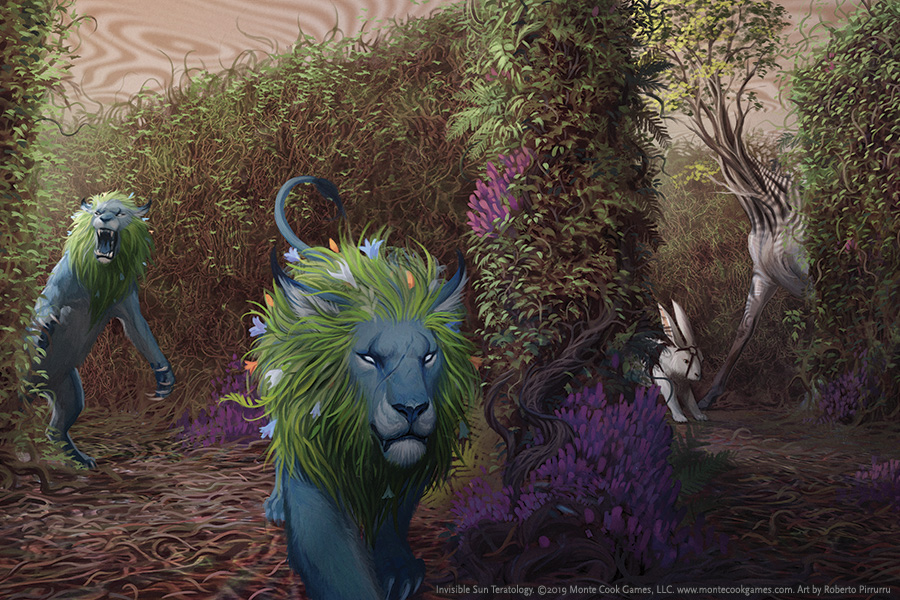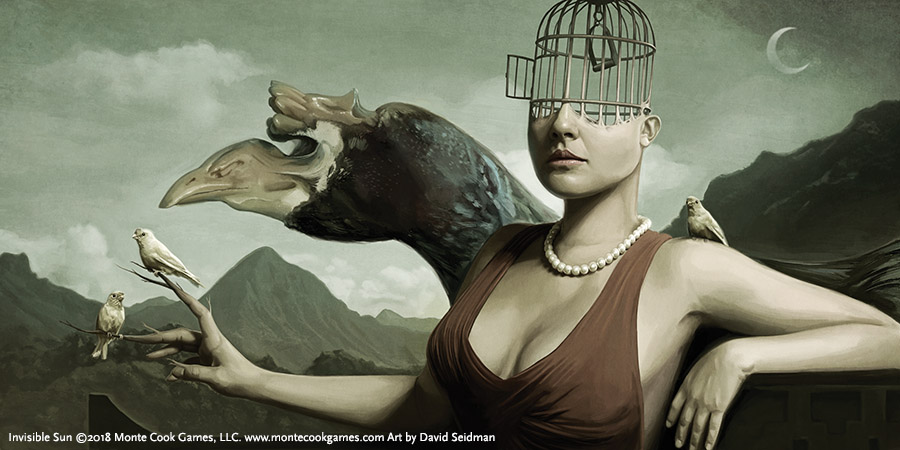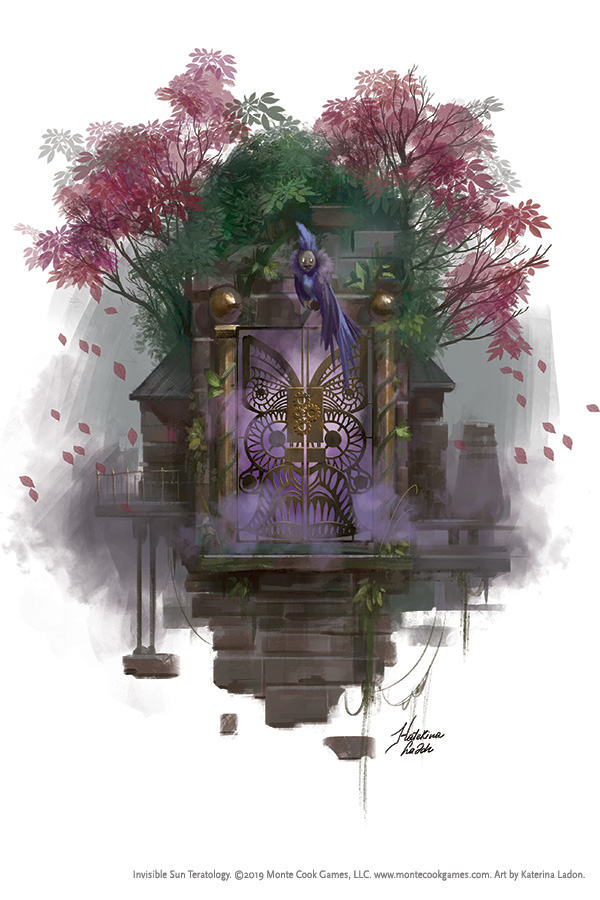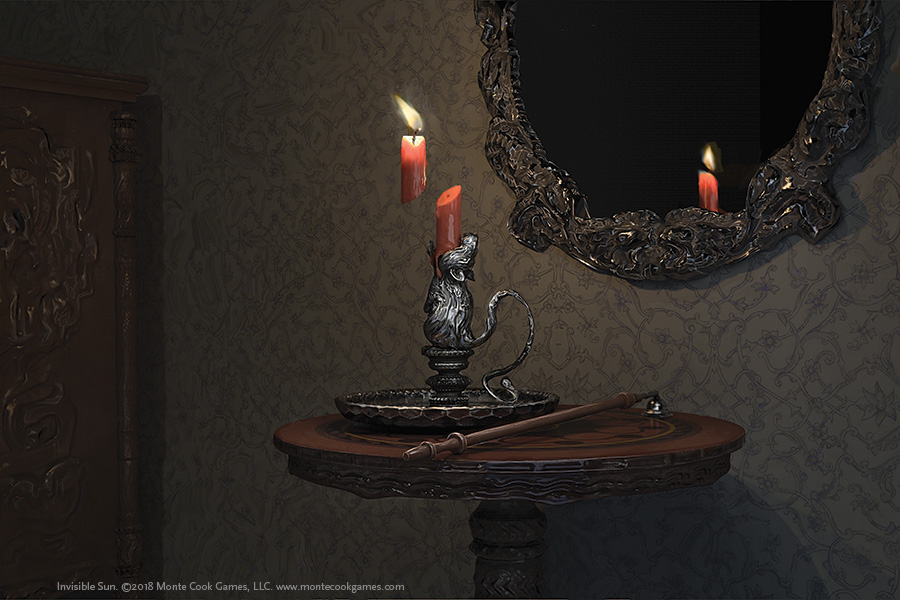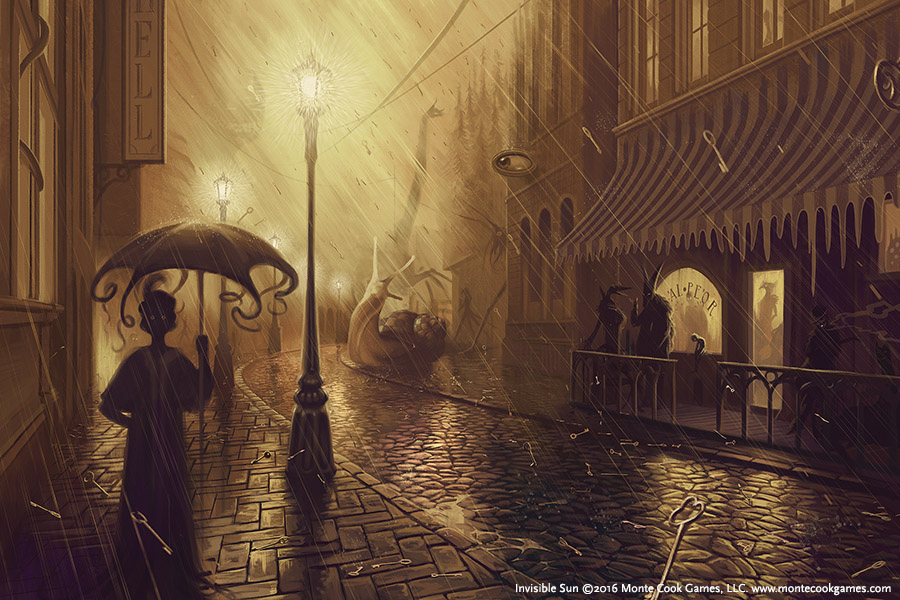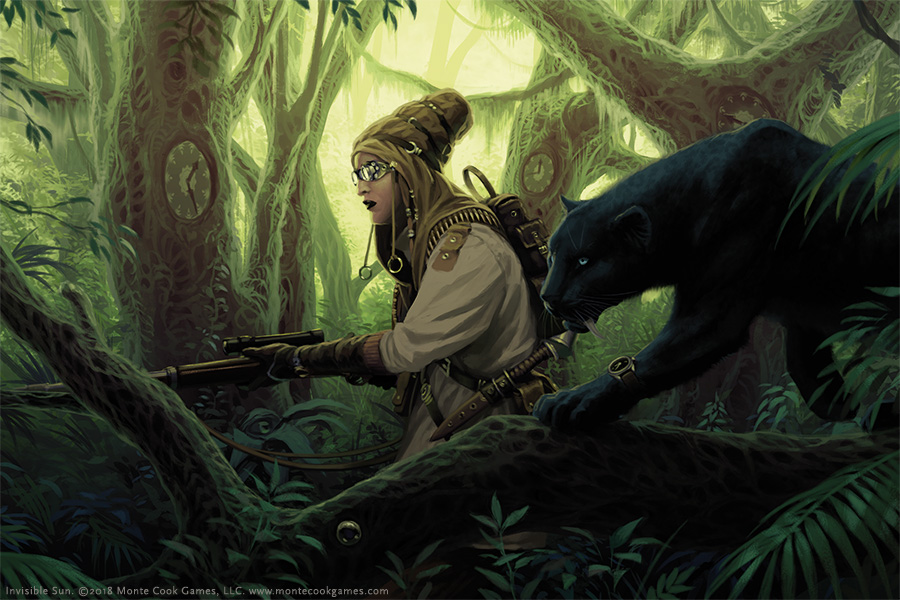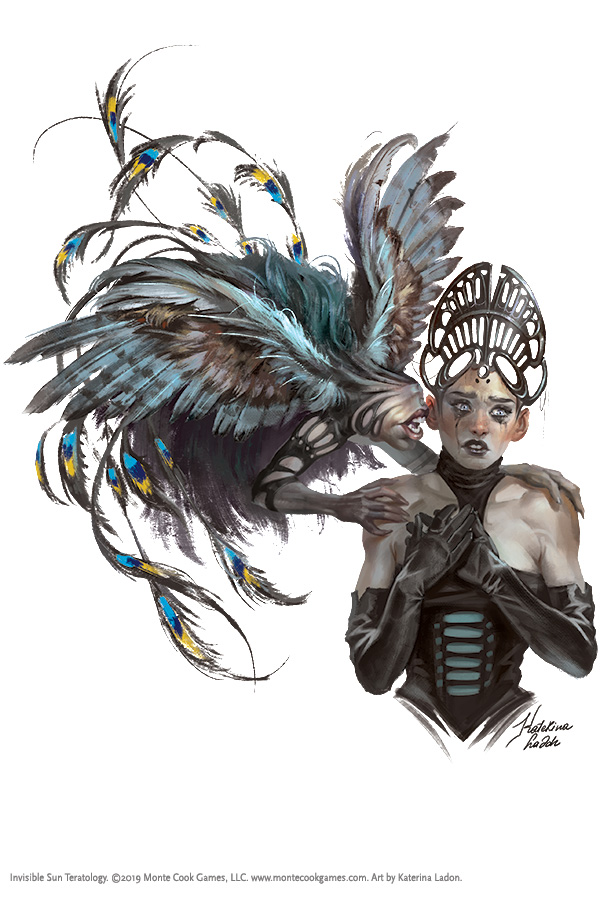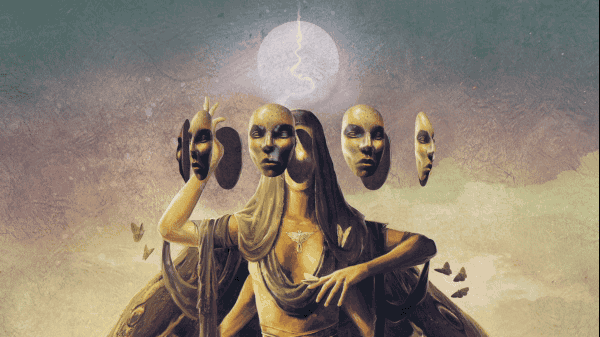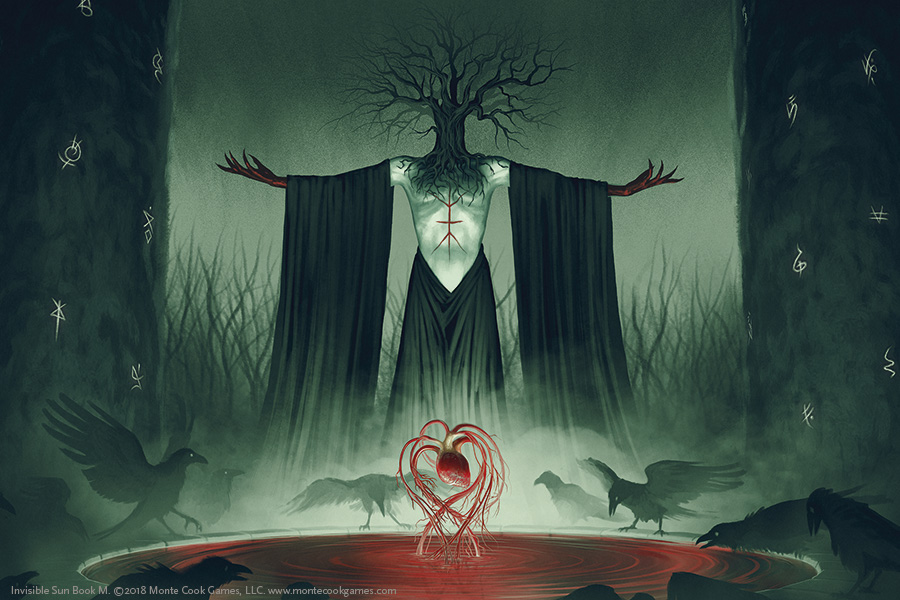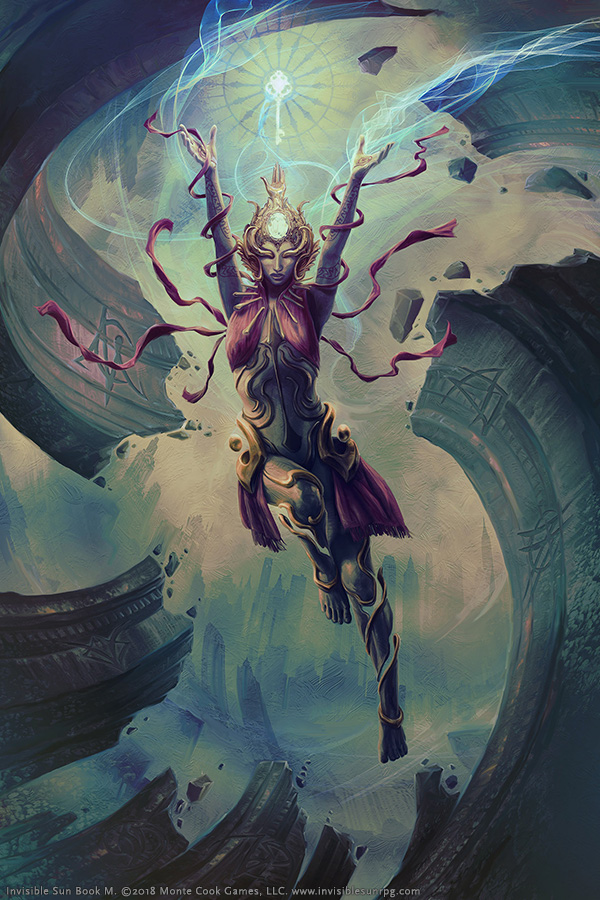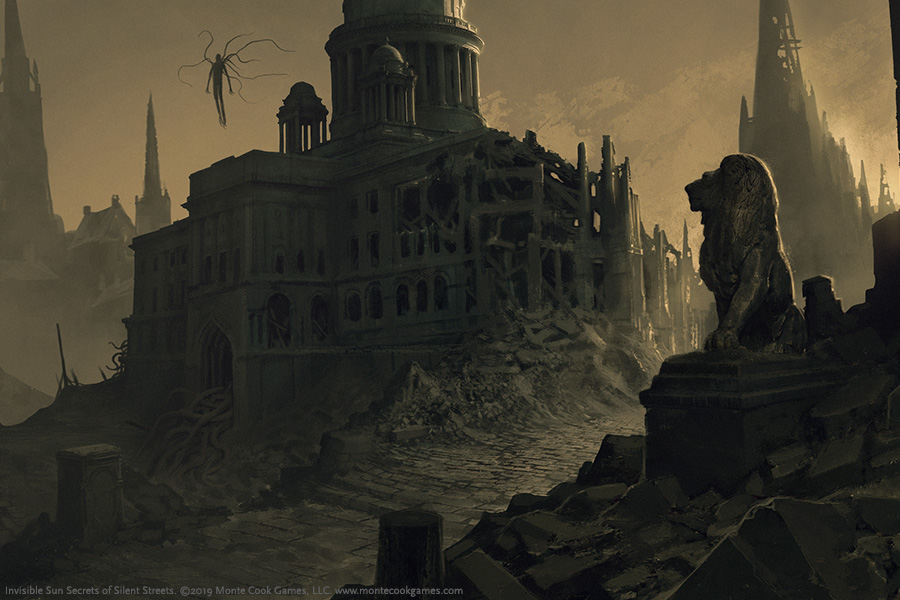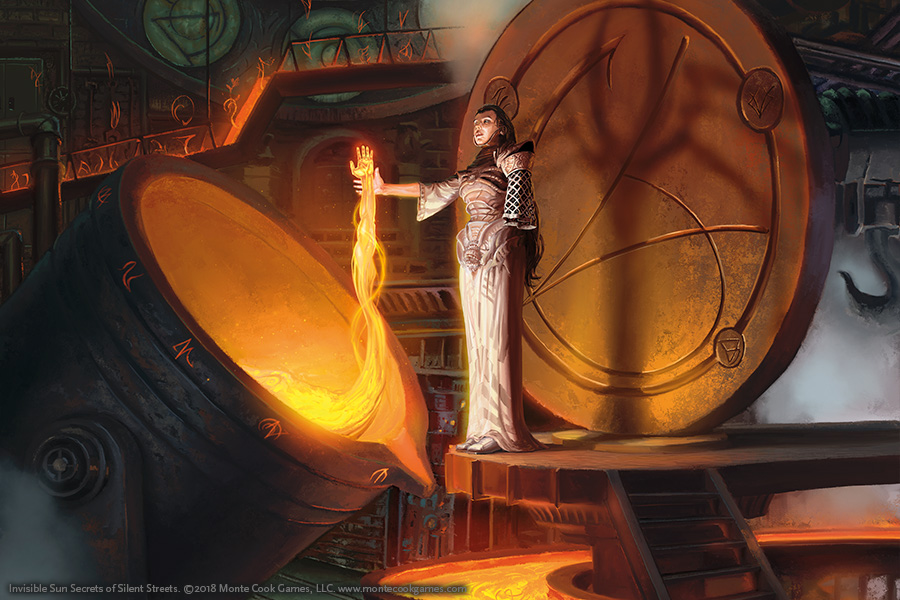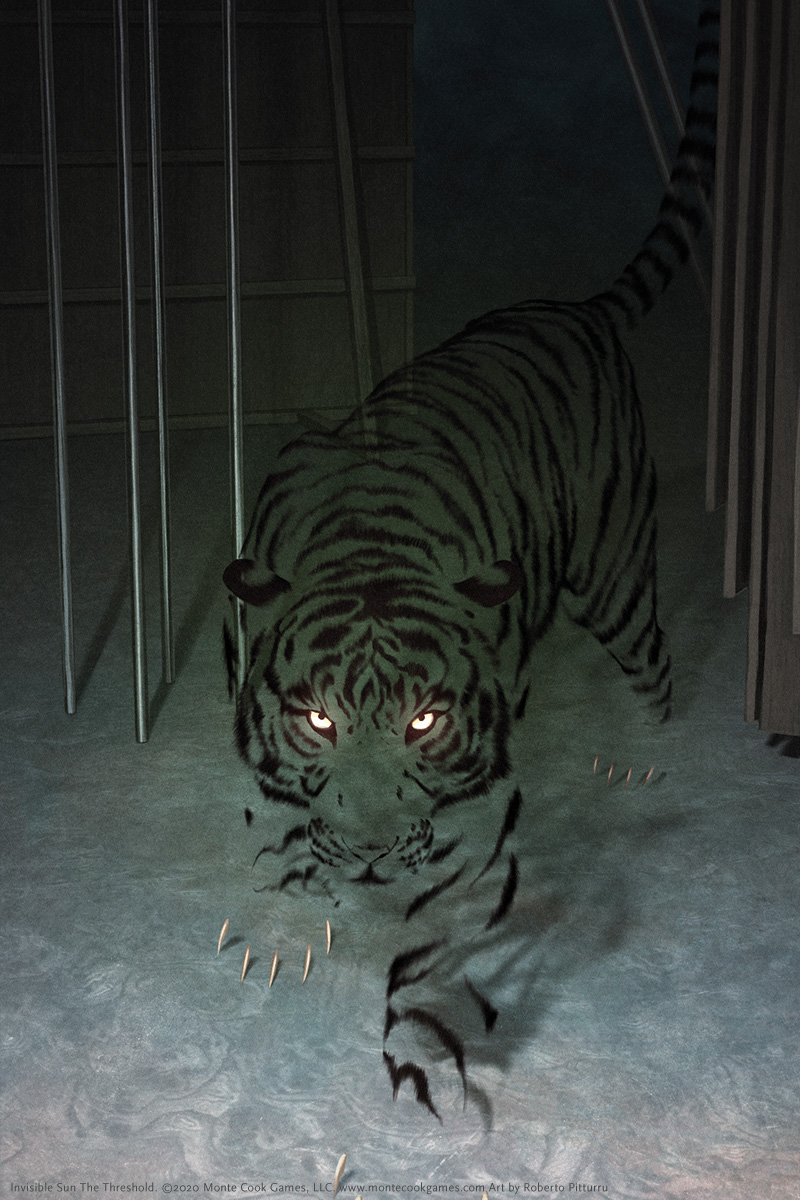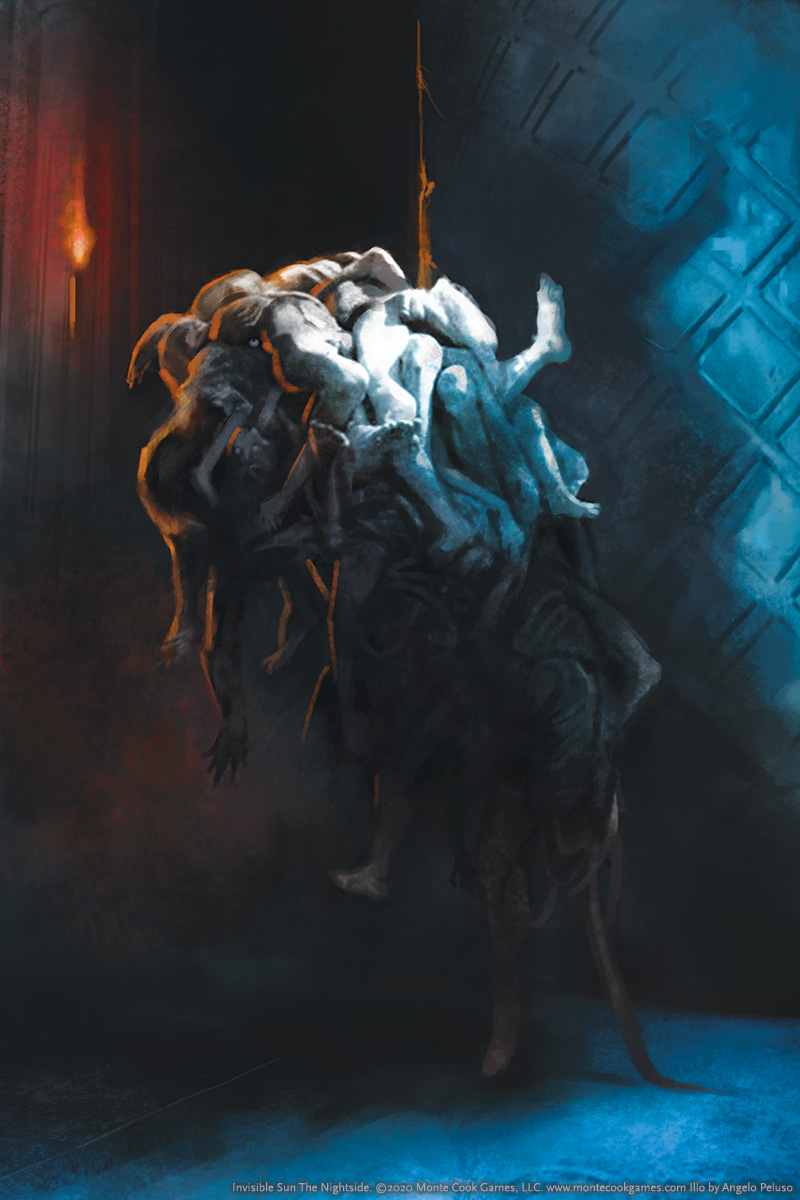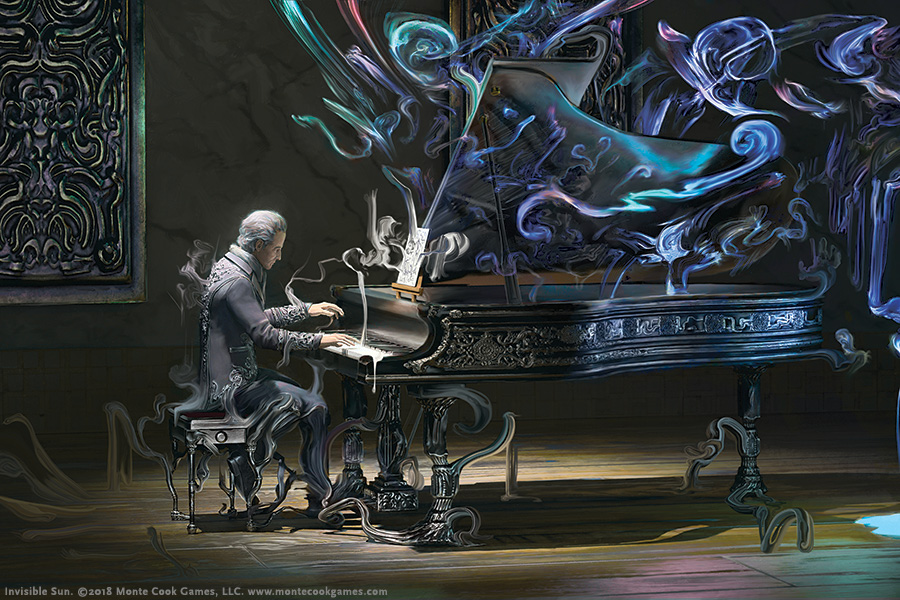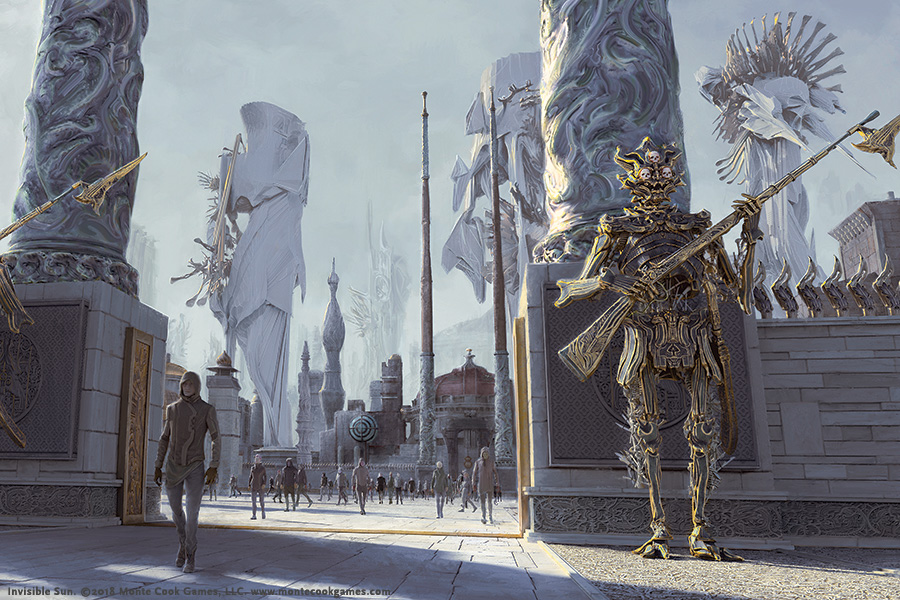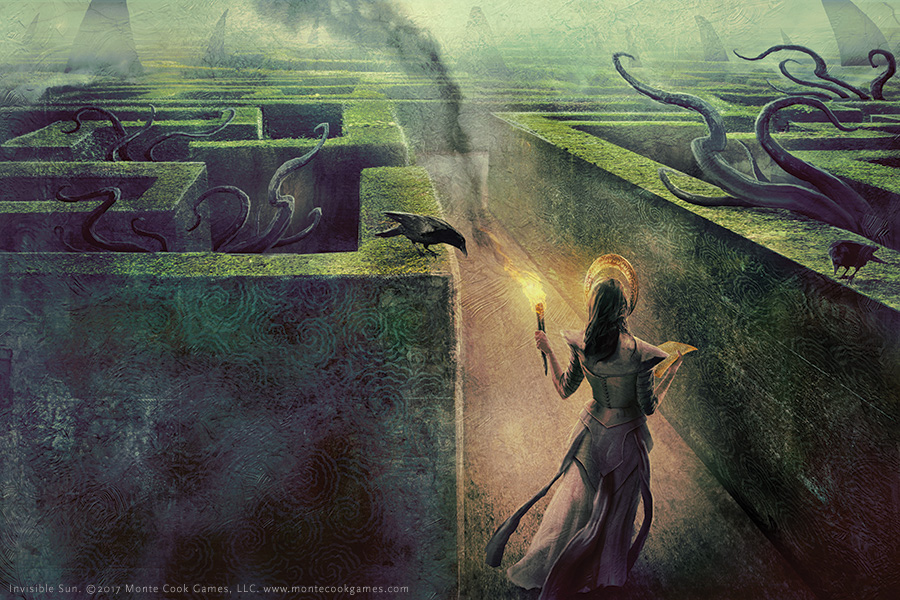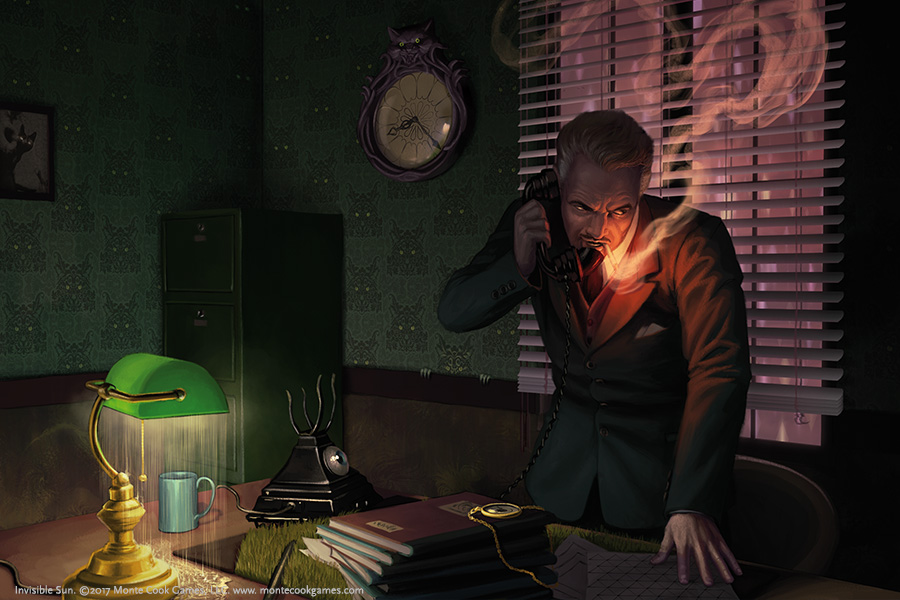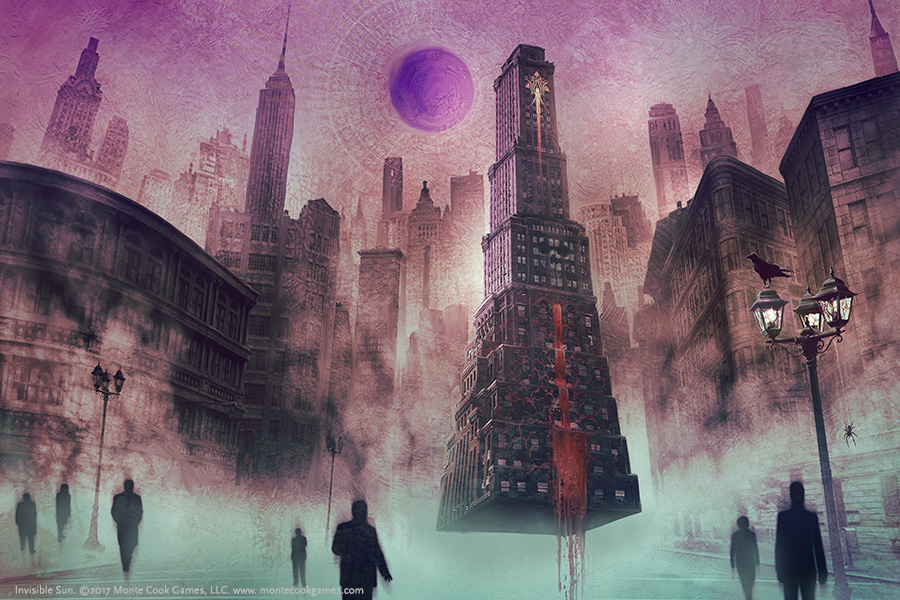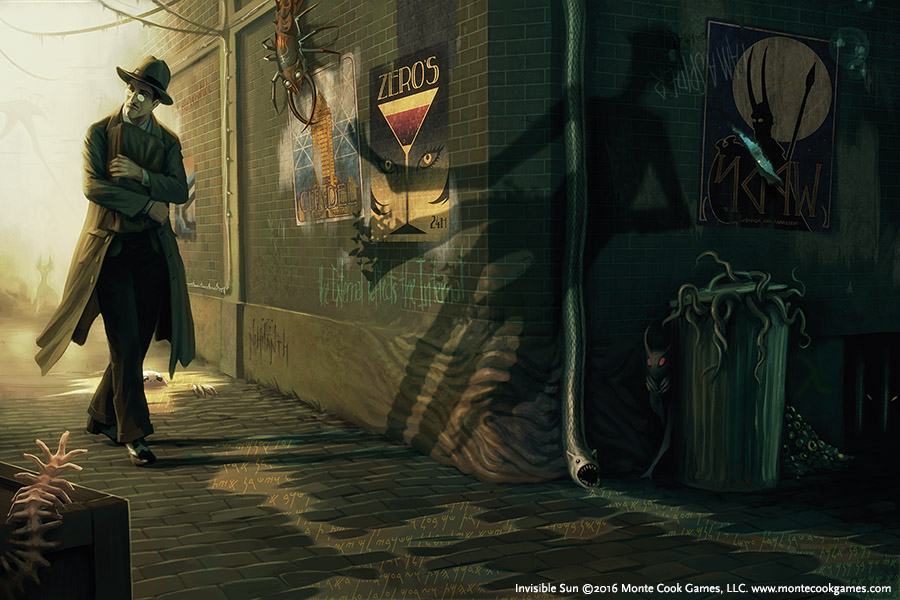In this series of articles, members of the team here at MCG look back at products we’ve released over the past decade and talk about their personal experiences in their creation, and the influence the titles have had on them as gamers, professionals, and just, well, people. It’s part of our celebration of Monte Cook Games’s first ten years. In this post Creative Director Monte Cook talks about one of his favorites so far: Invisible Sun.
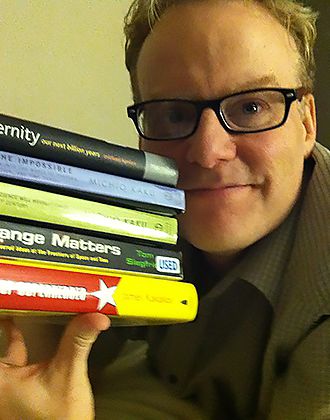
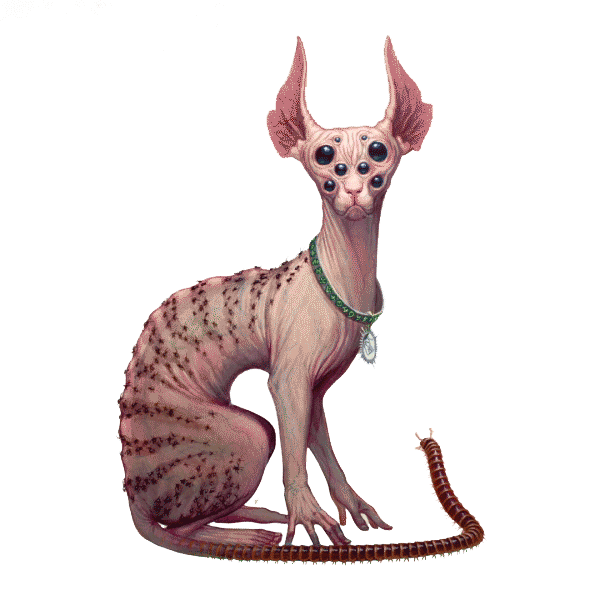
I always preferred the weird over the mundane. I was frequently told that my work was “too weird ” early in my career. To me, “weird” was never an insult. It was simply the opposite of boring.
I also found that much of what I enjoyed or loved was criticized not just for being weird, but for being pretentious. The books I loved, the music I enjoyed, and so on were “overblown,” “overstuffed,” “pretentious,” or “too self-serious.” But those terms became—to me—synonymous with lovingly made or deeply considered.
Seven or so years ago, as I sat and considered what the next game I would make, I decided to make the most “me” game I could and focus on both the “weird” and “pretentious” (or, rather, beyond the norm and passionately detailed). Combining them, to me, meant “surreal,” for good or ill, and so I found myself designing Invisible Sun.
A new magic system? No! Four new magic systems so that each character interacts with it differently, helping to keep magic deeply mysterious.
In-depth character development? No! Character creation that detailed characters who had two different lives in two different worlds, and that would—as a part of the rules—involve the other players in the act of fleshing out each character, giving them the ability to shape the setting by designing not only the character’s home, but their entire neighborhood.
Snippets from a vislae party illustrate both the weirdness of the setting and the diversity of the characters. Look closely! Art by Roberto Pitturru.
A reasonably-sized box with minimal components? No! An outlandishly huge box crammed full of stuff like one of those great but elaborate board games. I wanted to really celebrate the RPG experience, and the joy we have getting together with our friends around a table, and I wanted that table to be filled with interesting and useful things. The game itself would be designed so that the characters were deeply tied to the setting and to each other. It would encourage people to think about the game when they were away from the table and stay in touch with each other. And it would even provide a way so that if someone couldn’t make it to a session, the game could go on.
Invisible Sun is for people who really want to dive in deep. It’s not just about the story being told now, it’s about designing your character’s entire arc or arcs. It’s for those of us who—as GM or player—want the creative freedom to really stretch our imaginations, not just in terms of strange settings or characters but in the kinds of stories an RPG can tell. One Invisible Sun story might be about traversing the length and breadth of reality and the next might be entirely encapsulated in one of the characters’ homes. One character might be focused on mastering an entirely new paradigm of magic, while another might be working on overcoming trauma, and a third might just want to open up a little cupcake shop on a surreal street where the cobblestones play musical notes and the building next door likes to tell tales of the War that no one else will talk about.
The art of Invisible Sun reflects the game’s surreal beauty.
Invisible Sun is the musical equivalent of a symphony, or a prog-rock 25-minute epic, rather than a pop music single. It’s not a novel, but rather a twelve-book series with a preface, a prologue, an epilogue, an afterword, and appendices. And probably footnotes. I knew it wouldn’t be for everyone, but I can honestly say it’s for me. It’s a game I keep going back to. I’ve run three full narratives—two of them spanning multiple years—and am well into my fourth.
I love all the games I’ve worked on over the years, but I stand by my previous statement: of them all, it’s the most “me.”
Monte
Invisible Sun, by Monte Cook, was funded on Kickstarter in 2016. The Black Cube—the boxed version of the game—was released in August 2018 and sold out immediately, with a reprint the following year.
